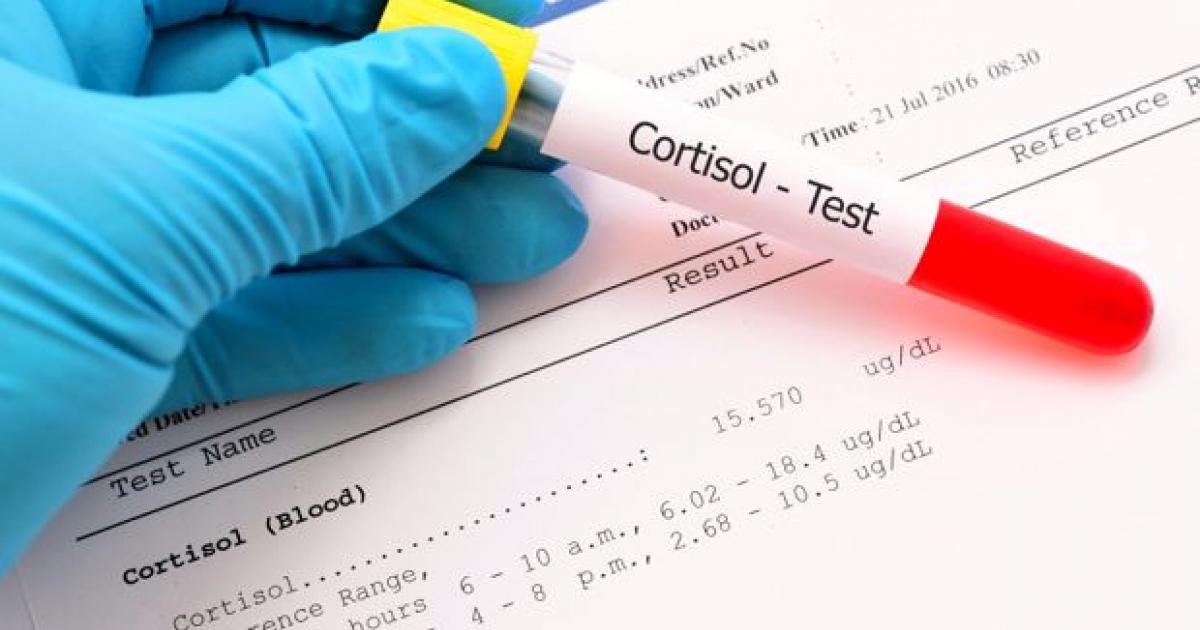Overview Of Prednisone
Prednisone suppresses the immune system and prevents the body from releasing substances that trigger inflammation. Most patients take this medication by mouth, and it can be used for short and long-term therapy. Side effects are more likely to occur when prednisone is used for a long time. Taking doses higher than 7.5 milligrams per day could further increase a patient's chances of developing side effects.
Most patients will get a prescription for prednisone tablets from their doctor. Prednisone eye drops are not available, though patients may receive a similar drug if they need it in this form. This medication is an effective arthritis treatment. Many patients also take it as a part of their cancer treatment. In addition, patients may need prednisone as a medication to prevent organ rejection after an organ transplant. Certain individuals may use this corticosteroid as a treatment for allergies. Of course, patients must understand how this medication works first.
Medication Class
Prednisone is part of a medication class known as corticosteroids. It is one of the medications in this class that is only offered with a prescription from a doctor. Corticosteroids are designed to reduce inflammation in an individual’s body. Many of them also lower the activity of the patient’s immune system. Corticosteroids, like prednisone, are closely linked to cortisol. Cortisol, of course, is the stress hormone. It is a natural hormone that the adrenal glands produce. All individuals need cortisol for their body to function properly. These medications change how an individual’s immune system functions.
Continue reading to learn about how prednisone works next.
How It Works

Prednisone shares similarities with the glucocorticoids that occur naturally within the body. This medication imitates the action of cortisol. As mentioned, this is one of the natural hormones produced by the body's adrenal glands. It slows and inhibits the processes responsible for producing inflammation in the body. This is how it reduces inflammation. It also reduces the pain, redness, and swelling that can occur with inflammation.
The liver metabolizes prednisone. It is converted to prednisolone during this process. The medication has a half-life of two to three hours. It is excreted in the urine after it has been fully metabolized into inactive metabolites and filtered by the kidneys.
Get familiar with the uses for this medication next.
